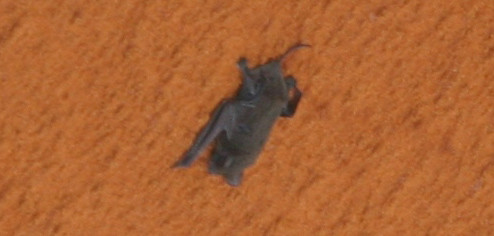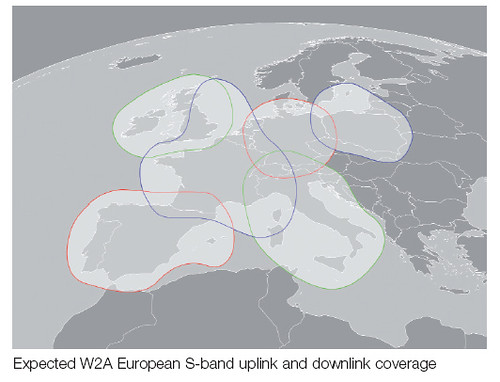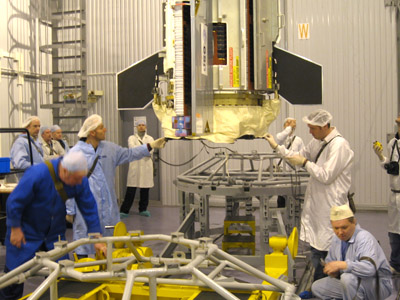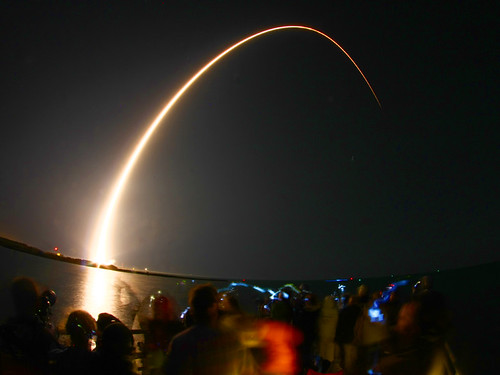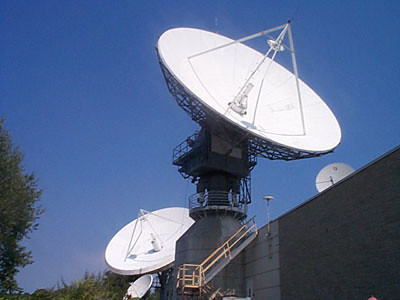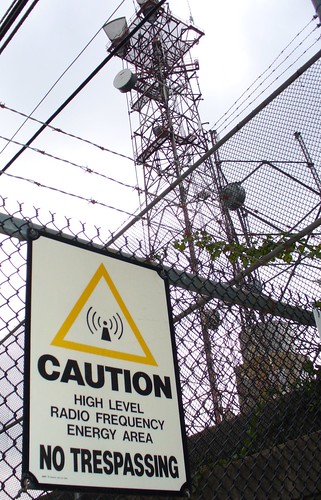Alfvén Waves
Thursday, March 19th, 2009
Twisting waves of the Sun’s corona can help us understand solar weather, via PhysOrg:
The massive solar twists, known as Alfvén waves, were discovered in the lower atmosphere with the Swedish Solar Telescope in the Canary Islands by scientists from Queen’s University Belfast, the University of Sheffield and California State University Northridge.
The increase in solar temperature from approximately 6000 degrees on the visible surface of the Sun (photosphere) to well over a million degrees in the higher overlaying solar corona, has remained at the forefront of astrophysical research for over half a century. The new observations reveal the process behind this phenomenon, whereby these unique magnetic oscillations spread upward from the solar surface to the Sun’s corona with an average speed of over 20km per second, carrying enough energy to heat the plasma to well over a few million degrees.
Prof. Mathioudakis, the leader of the Queen’s University Belfast Solar Group, said, "Understanding solar activity and its influence on the Earth’s climate is of paramount importance for human kind. The Sun is not as quiet as many people think. The solar corona, visible from Earth only during a total solar eclipse, is a very dynamic environment which can erupt suddenly, releasing more energy than 10 billion atomic bombs. Our study makes a major advancement in the understanding of how the million-degree corona manages to achieve this feat."
Alfvén waves are caused by the twisting of structures in the Sun’s atmosphere and can be detected by the periodic velocity signals emitted. The Alfvén waves detected in this study were found to be associated with a large magnetic field concentration on the surface of the Sun, approximately twice the size of the British Isles. These strong magnetic fields manifest as bright features, often with lifetimes exceeding one hour. The Swedish Solar Telescope is the largest solar telescope in Europe and produces some of the sharpest images currently available. Bearing in mind that the Sun is 150 million kilometres away, the measurements carried out are equivalent to reading the time on Big Ben in London from Tokyo.
